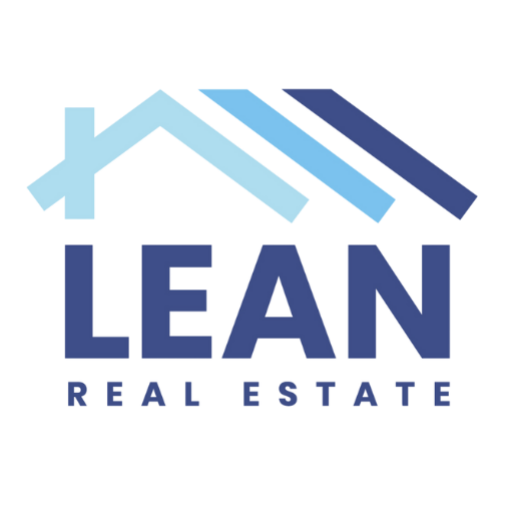
Investing in Vermont’s multifamily real estate market can be a smart, steady way to grow your financial future. Multifamily properties offer a range of unique benefits that make them an attractive option for investors at any experience level. With low vacancy rates, favorable tax advantages, scalability, and a history of stability during economic downturns, Vermont’s multifamily market is especially well-suited to provide consistent returns and long-term growth. Let’s dive into some of the main reasons multifamily real estate in Vermont is worth considering.
1. Low Vacancy Rates
A key benefit of multifamily properties is their consistent demand, which leads to low vacancy rates. Vermont’s rental vacancy rate currently stands at 3.8%, well below the national average of 6%, making it one of the lowest in the country. This difference is largely due to a limited housing supply, which has created steady demand for rentals across the state.
As a result, multifamily property owners in Vermont enjoy reliable occupancy rates, translating into a more predictable income stream. This low vacancy rate contrasts sharply with commercial properties like office and retail spaces, which can see vacancy rates climb to 10-15% in tougher economic periods. The stability of multifamily rentals, especially in Vermont, offers investors peace of mind and a buffer against economic swings.
2. Attractive Tax Benefits
Tax benefits are another powerful incentive for investing in multifamily real estate. Compared to commercial properties, multifamily real estate can be depreciated over a shorter timeframe of 27.5 years, while commercial properties are spread out over 39 years. This faster depreciation schedule enables multifamily investors to write off the property’s value more quickly, enhancing cash flow and providing valuable tax savings.
For instance, a multifamily property worth $1 million could provide around $36,364 in annual depreciation, while a commercial property of the same value would offer only $25,641. Advanced strategies like cost segregation can further accelerate these benefits, allowing investors to reduce taxable income substantially in the early years of ownership. To learn more about tax strategies for multifamily investing, including how seller financing can help with depreciation recapture, check out our [blog post here].
3. Scalability Across Multiple Property Types
Multifamily real estate offers unique scalability options that can be challenging to achieve with single-family homes or larger commercial properties. With multifamily properties, investors can start with smaller buildings, like duplexes or triplexes, and work up to larger apartment complexes over time. This approach not only supports portfolio growth but also helps investors diversify their assets, minimizing risks across different property types and tenant demographics.
New investors can begin with smaller properties using residential financing and then gradually move up to larger assets, often reinvesting cash flow to finance their next purchase. In contrast, scaling with single-family homes or commercial real estate can be more difficult due to higher entry costs and stricter financing requirements, making multifamily real estate a compelling choice for growth-focused investors.
4. Stability During Economic Downturns
Multifamily real estate has a history of stability, particularly during economic downturns. Housing is an essential need, so demand for rental properties tends to remain steady, even in challenging economic times. For example, during the 2008 recession, multifamily properties saw relatively stable occupancy rates, whereas commercial spaces like offices and retail properties experienced significant declines.
CBRE’s research shows that multifamily properties not only recovered more quickly than commercial properties after the 2008 recession but also saw rental rates rebound faster. In the years following the COVID-19 pandemic, multifamily rental rates rose by 4% in 2023, while occupancy rates remained high at over 95%. Unlike commercial properties, which saw rising vacancies due to the shift toward remote work, multifamily properties continue to offer a dependable investment option, especially during economic uncertainty.
Partner with Lean Capital for Your Vermont Multifamily Investment
At Lean Capital, we’re here to help you make the most of Vermont’s multifamily real estate opportunities. Whether you’re just starting out or are already experienced in real estate, our team provides the guidance, tools, and market insights to support your investment goals. Visit www.leancapitalllc.com to learn more about Vermont’s multifamily market and how we can help you build a successful portfolio.
For further reading, see Freddie Mac’s 2022 Multifamily Outlook, CBRE’s multifamily market reports, and CBRE’s Midyear Outlook.
